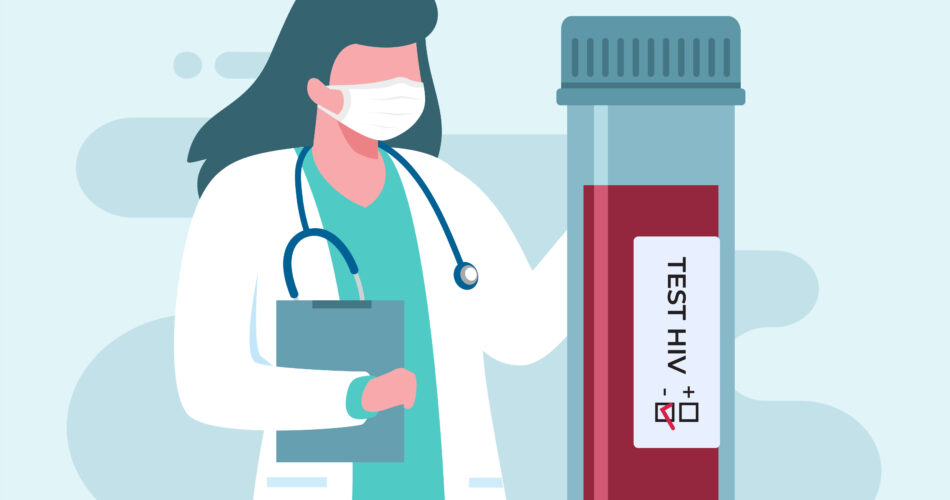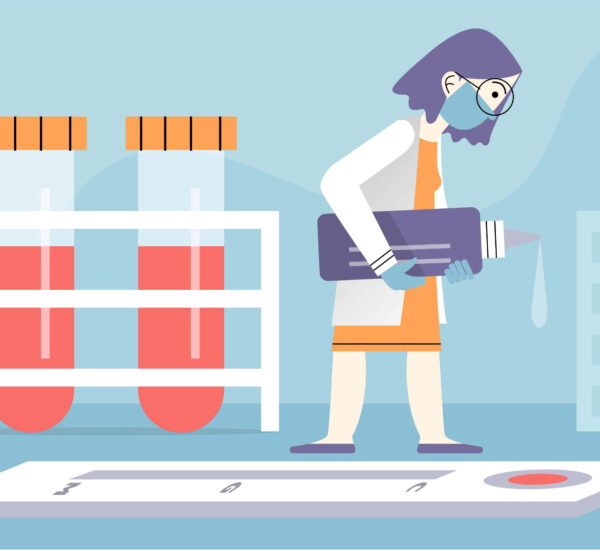Human Immunodeficiency Virus (HIV) remains a significant public health challenge affecting thousands of lives each year. In that case, early detection is a path that must be pursued to keep up with the rising cases of HIV. With the wide accessibility of HIV test kits, this goal can be easily achieved. The only matter that can affect this project is the proper HIV test kit usage, which people are not trained to do.
Fortunately, self-test kits for HIV are designed to help address this problem. Discover the crucial details about HIV test kit usage and its importance in HIV diagnosis. Let’s begin!
Understanding HIV Test Kits
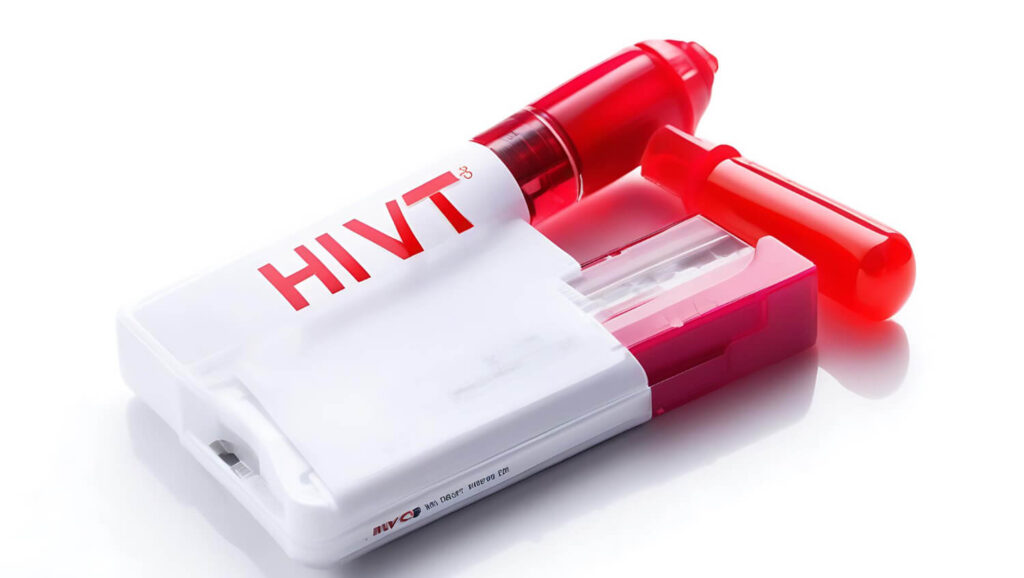
If an individual had a possible exposure or confirmed HIV exposure, undergoing HIV testing must happen. HIV test kits are designed to detect the presence of HIV in an individual’s body. This health tool is crucial as untreated HIV can lead to AIDS, its severe form. Thus, enabling early management and intervention.
Moreover, HIV test kits are ideal for quick and confidential testing outside of traditional healthcare settings. It is no secret that there’s always a stigma surrounding HIV, especially in conventional countries. That’s why HIV test kits are ideal because they can provide results while ensuring privacy for patients.
While HIV test kit usage is a must for HIV screening, patients must still undergo a confirmatory test.
Types of HIV Test Kits
There are primarily three types of HIV tests, but only two are designed as self-test kits. Understanding the different types of HIV test kits is the first step in selecting the most suitable option for your needs.
Here are the common HIV test kits:
Antibody Test
The antibody test is one of the most common types of HIV test kits available. It works by detecting antibodies, which the body produces in response to HIV. This test is usually done using a blood sample or oral fluid and is ideal for routine screening or as a preliminary test.
Combination Test
The combination test, also known as the fourth-generation test, detects HIV antibodies and antigens in the blood. This type of HIV test kit offers faster and more accurate results compared to the antibody test alone. It is crucial for early detection of HIV infection.
HIV Test Preparation: What You Need to Know
Proper preparation before using an HIV test kit can enhance the accuracy of the results and ensure a smooth testing experience.
Choose the Right Time
When it comes to HIV test kit usage, it’s crucial to understand the concept of the window period before using a test kit. The window period is the time it takes for the body to produce detectable levels of antibodies or antigens after HIV infection, which varies depending on the type of test kit used. Understanding this concept is essential for maximizing the effectiveness of the test and ensuring that individuals receive appropriate follow-up care based on their results.
- For antibody tests, it’s recommended to wait at least three weeks after potential exposure to HIV for accurate results.
- Combination tests can detect HIV sooner, typically within two weeks of exposure.
Avoid Contamination
Another aspect to understand is the variable that can affect the accurate results of the test kit, which is contamination. HIV test kit usage must be properly done to identify the HIV status accurately. If the blood sample or body fluid used is contaminated, it can affect the test results, leading to false positives and false negatives.
To avoid contamination try the following tips:
- Ensure your hands are clean before handling the test kit.
- Avoid eating, drinking, or using mouthwash 30 minutes before using an oral test kit to prevent interference with the sample.
Read HIV Test Instructions Carefully
Aside from that, ensuring proper HIV test kit usage must also involve relying on the directions provided in the test kit. There are different types of tests for HIV, and some may be more difficult to use. In that case, the best practice is to read the instructions and follow them to maximize its usage. By adhering to these sample collection techniques, users can ensure the accuracy and reliability of their HIV test results.
However, if any part of the instructions is unclear, seek clarification from a healthcare provider.
HIV Sample Collection Techniques
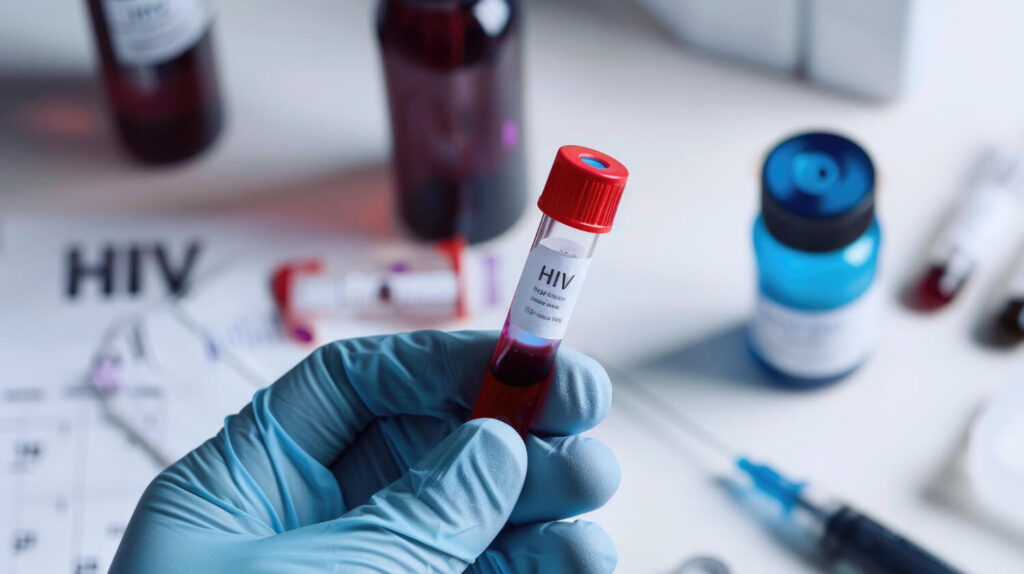
Accurate sample collection is critical for the reliability of HIV test results. Whether using an oral fluid test kit or a blood-based kit, following proper collection techniques is essential.
Oral Fluid Test Kit Collection
- Swab Placement: Place the swab firmly between your gums and cheek without biting or sucking on it. This helps collect enough oral fluid for accurate testing.
- Duration: Swab for the recommended time, usually 15-30 seconds, to ensure adequate sample collection.
- Handling the Swab: Avoid touching the testing area of the swab to prevent contamination. Handle it by the outer edges.
Blood-Based Test Kit Collection
- Finger Prick: Use the lancet or finger stick to prick the side of your finger gently. Avoid the center of the fingertip to minimize discomfort when taking a sample of blood.
- Blood Drop: Allow a small drop of blood to form, then touch it to the designated area on the test strip or collection device.
- Avoid Clenching: Do not clench your fist tightly, as it can restrict blood flow and make sample collection difficult.
Post-Collection Handling
- Disposal: Dispose of used lancets and swabs in a puncture-proof container to prevent needle-stick injuries and contamination.
- Storage: Some tests may require storage of samples or components in a cool, dry place. Follow the kit’s instructions for proper storage.
HIV Test Kit Usage: Step-by-Step Instructions
Proper usage of HIV test kits is vital to ensure accurate results. Here, we outline the general steps involved in using both oral and blood-based HIV test kits.
Step 1: Start by washing hands with soap to avoid contaminants when drawing sample
Step 2: Prepare the test kit and read through the instructions carefully to familiarize yourself with the process.
Step 3: Depending on the type of kit, collect your sample either through oral fluid or a finger prick following the recommended techniques.
Step 4: Conduct the test according to the provided guidelines, ensuring proper timing and handling of materials.
Step 5: Wait for the specified duration for results to develop, maintaining hygiene during this period.
Step 6: Interpret the results based on the kit’s indication, whether it’s positive, negative, or requires further confirmation.
Confirmatory Test After HIV Test Kit Usage
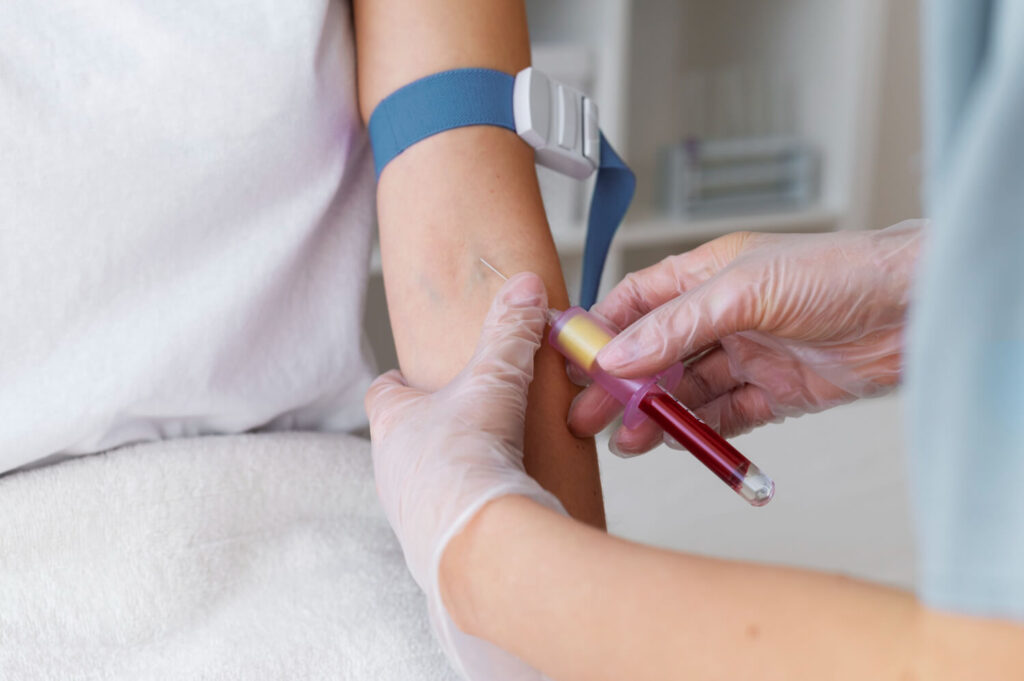
It is crucial to confirm positive test results from HIV self-test kits as it can possibly indicate a potential HIV exposure. Confirmatory tests are lab tests that typically involve blood samples taken by healthcare professionals in clinical settings and provide a definitive diagnosis. Remember, while HIV self-tests offer convenience and privacy, professional medical advice remains essential for proper management and support.
There are various locations where patients can visit to have their confirmatory tests. Some of these locations are associated with official government organizations for the health department, such as the DOH.
Here are the possible locations for HIV testing:
- Community health centers: As part of a community program against HIV/AIDS, people can seek help from barangay health workers.
- Public and private hospitals: Confirmatory tests will involve the use of a lab for thorough testing.
- Non-profit organizations: Several organizations offer mobile testing facilities that can help confirm the positive and negative test results.
Frequently Asked Questions
What is the accuracy rate of HIV test kits?
HIV test kits are highly accurate when used correctly. Oral fluid test kits and blood-based rapid tests typically have accuracy rates exceeding 99%. However, factors such as improper usage or recent exposure can affect results. It is recommended to follow instructions meticulously and consider confirmatory testing if the results are positive.
How soon can I get accurate results from an HIV test kit?
The accuracy of HIV test results depends on the type of test and the window period. However, home tests for HIV commonly provide immediate results. Thus, people can prepare for their confirmatory test with a health expert.
If the confirmatory test also provides a positive HIV test result, the doctor will recommend an HIV treatment plan to manage the condition. One of the treatment options will be antiretroviral therapy.
Can I use an HIV test kit multiple times?
HIV test kits are designed for single use to ensure accuracy and prevent contamination. If you need to test multiple times, use separate kits for each test. Reusing test kits can compromise the reliability of the results and increase the risk of errors.
It’s best to seek help from health experts to verify the last HIV test result. Thus, confirming your HIV status without compromising the initial tests.
Where to get HIV test kits for home use?
Patients can purchase HIV test kits in pharmacies and online retail stores. However, before buying an HIV test, it’s important to check first if the health tool available is FDA-approved. The Verification website is accessible to everyone, making this task easy to achieve.
Conclusion
Empowering yourself with knowledge about HIV test kit usage not only enhances personal health but also contributes to the broader public health efforts aimed at reducing HIV prevalence. Whether you are considering testing for the first time or looking to understand the nuances of different test kits, this guide serves as a comprehensive resource to navigate the process confidently.
Take proactive steps today by obtaining an HIV test kit. If you need more guidance on what to expect from this health tool, you can book an online consultation with an infectious disease doctor.
